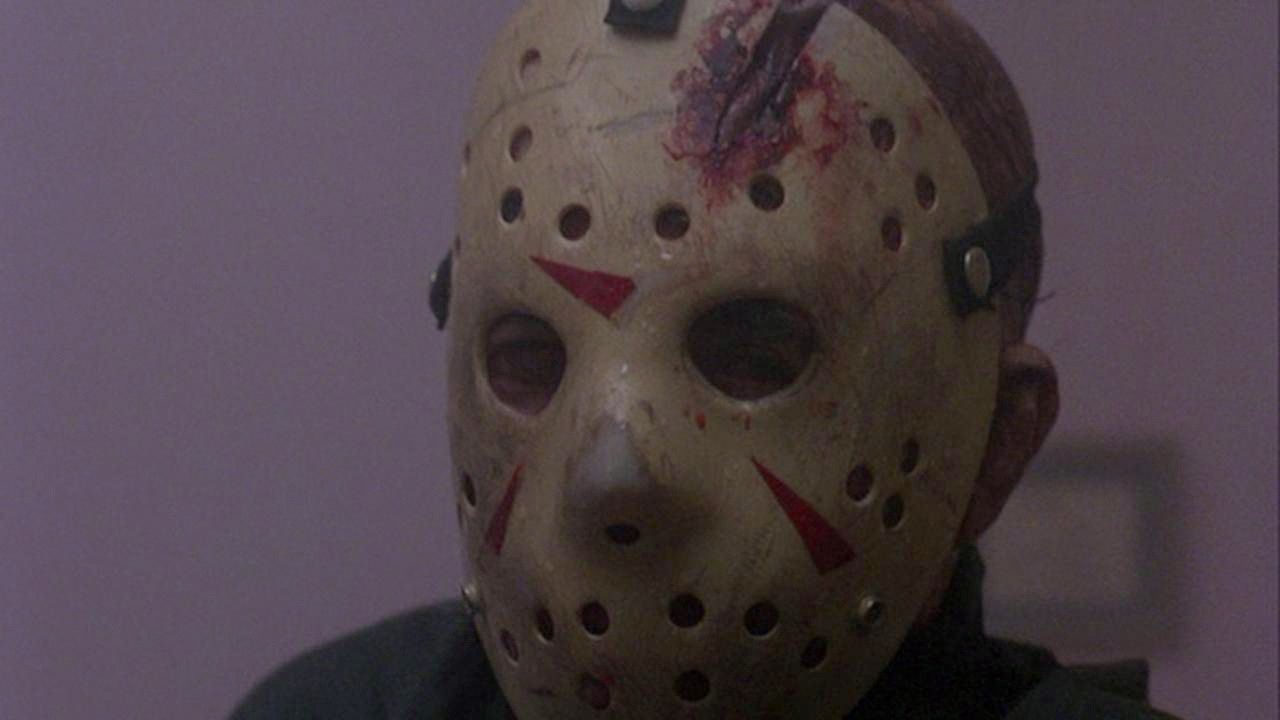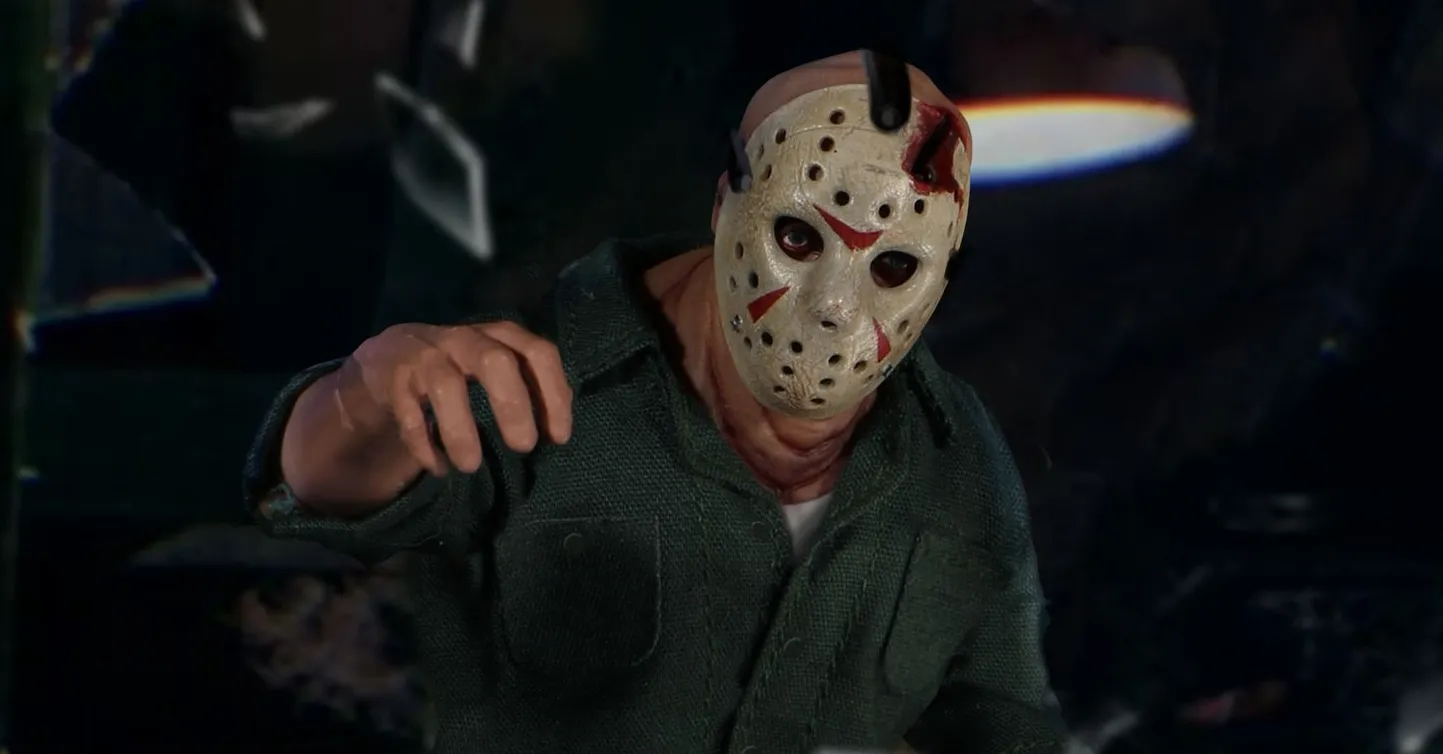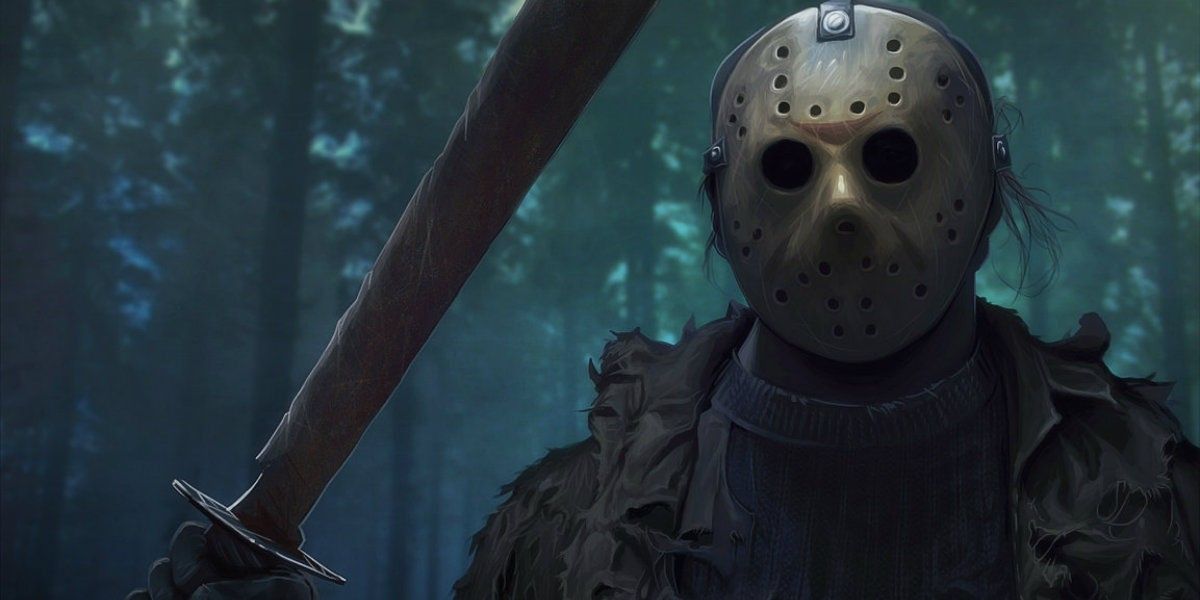The fascination with original films is somewhat lost in a sea of television of film reboots. These days, the most iconic projects are now revived to tell the exact story to a younger generation. Sometimes altering certain aspects to fit current cultural tendencies. Friday the 13th has become a staple in horror film franchise history, comprising a total of twelve slasher films, a television series, novels, comic books, video games, and a plethora of merchandise. The franchise focuses on fictional character Jason Voorhees, a young boy who at the time was thought to have drowned at Camp Crystal Lake as a result of the camp staff's negligence.
The significance around Friday the 13th's originals are due in part to the level of nostalgia they provided. The first four Friday the 13th pictures between 1980 and 1984 are often deemed as the franchise's most significant films by horror followers because of how fun, boundary-breaking, and entertaining they are to watch, immersing viewers into a retro '80s era which has been capitalized upon by successful projects like the Fear Street films and Stranger Things. 2022 sees the release of the odd, Scream-like meta-horror film 13 Fanboy, directed by the ironically named Deborah Voorhees (who starred in the fifth installment), which will gather various actors from throughout the Friday the 13th universe. Grossing a total of $468 million at the box-office worldwide, the second highest-grossing horror franchise behind Halloween, here's what makes Friday the 13th was popular enough for 12 movies. Krueger and Bates, eat your hearts out!
The Infamous Hockey Mask
It took until the end of Friday the 13th Part III for Jason Voorhees (Richard Brooker) to first wear the now infamous red and white hockey mask associated with the franchise, but once he did the headgear instantly became one of the most recognizable images in pop culture history. The idea behind the hockey mask is taken from the NHL's goaltender mask worn from 1959 to 1996/97; the mask was created to protect the faces of goaltenders from being abruptly hit by a rapidly moving hockey puck. (That little thing can be extremely painful and cause serious damage by the way.)
The correlation between tough hockey players in a brutal sport and Jason's depiction of masculinity is apt, as they are quite similar (aside from the fact that hockey players are probably not dangerous and deranged psychopaths). For one, hockey players withstand the worst of injuries, arguably more than in any other sport, and the guys are also allowed to physically brawl with rivals while on the ice in a violent kind of rite of passage. Jason, on the other hand, is the hyper-realized version of a tough male persona through his intimidation and on-screen kills.
In Friday the 13th Part III, Jason initially wears a potato sack over his head with the eyes cut out for most of the film's duration. It wasn't until after he killed Shelly that he stole and wore the mask. The quality of the hockey mask shifts in each movie, sometimes detailing Jason's emotions (from angry to distressed). At one point, he steals a blue and white replica from the copycat killer and in Part VII: New Blood, since by the end of Part VI: Jason Lives, the mask becomes severely damaged on one side after breaking off in a boat propeller accident. Nevertheless, Jason stays true to the origins of the hockey mask persona. Fans still argue that there is something almost magical about the first hockey mask from part three; it symbolizes a statement of power and the authority that Jason possesses, and is a Halloween costume staple.
Myth Behind the Superstition
Friday the 13th is interconnected with the world's most infamous day of superstitions. Friday the 13th typically falls on one day in the year but can sometimes occur three days in a year. In Western society, it has commonly been associated with a series of misfortunes, where people should refrain from supposedly superstitious acts tied to opening an umbrella while indoors, breaking mirrors, stepping on sidewalk cracks, and splitting poles, or the individual will experience several years to a lifetime's worth of bad luck.
In association with the movie, the day itself has inspired the franchise's rise to fame. Five installments in the franchise have been released on the day of Friday the 13th, premiers which were great at generating advertisement and promotions. The fact is, most people want to be scared on days when the horror aura is common (à la Halloween), and Friday the 13th simply adds to that illusion. Whether it's the violently unlucky fate of Jason's victims or the day itself, what's for sure is that an influx of people will run to theaters and watch Jason slaughter his victims.
Its Appeal to Horror Fans
The original Friday the 13th (1980) incorporated excessive amounts of violence during a time when it seemed gruesome to do so. It was able to use its violence excitingly, however, because it distanced itself from its characters in a nearly objective way, viewing them from a perspective almost akin to God's judgment. It created relatable, middle-class victims but refused to create empathy for them unlike many horror films which attempt to unite audiences with protagonists. In Friday the 13th, the murderer is practically the protagonist, and the victims are exchangeable; the real protagonist and only character who isn't expendable is Jason (or his mother), who everyone comes to see.
This is in opposition to what occurs in most important horror films. For example, in The Exorcist, a 12-year-old girl is possessed by a mysterious demonic entity, leading her mother to seek the help of two priests who later perform an exorcism on the young girl. Although it is classified as a horror film, The Exorcist tells the story of this child and her mother who are both suffering because of the circumstances they have been faced with. Viewers are easily tied to the characters because of their predicament, the same way that John Carpenter ties the audience's empathy to Laurie Strode in his Halloween. In Friday the 13th, however, the story becomes more sensationalized, refusing to enable the viewer to emotionally connect to the on-screen depictions.
Jason's mother, Pamela Voorhees (Betsy Palmer), was the actual killer in the first movie. Dealing with the loss of her young son at Camp Crystal Lake, she returns to kill a series of camp counselors, blaming the camp for his death. The fact that she returns to kill the counselors who weren't even involved in Jason's accident during a fit of rage is indicative of this whole level of distancing, and actually makes the film scarier, since anyone could be killed, no matter their backstory.
Regarded as one of the first slasher movies for its portrayal of horrifyingly graphic deaths and vengeance, Friday the 13th created an extremely lucrative and lengthy franchise much to everyone's surprise. The last time a film from the franchise had hit theaters was 2009, due to some epic legal battles that have become almost as frightening as Voorhees himself; however, with almost all the legal disputes settled, the time may be ripe for a new reboot or sequel to the massive franchise. Similar to how Jason didn't actually drown, but instead wandered the woods for years before becoming the next killer, Friday the 13th just doesn't seem to stay dead, and will surely make a bloody comeback in the future.




